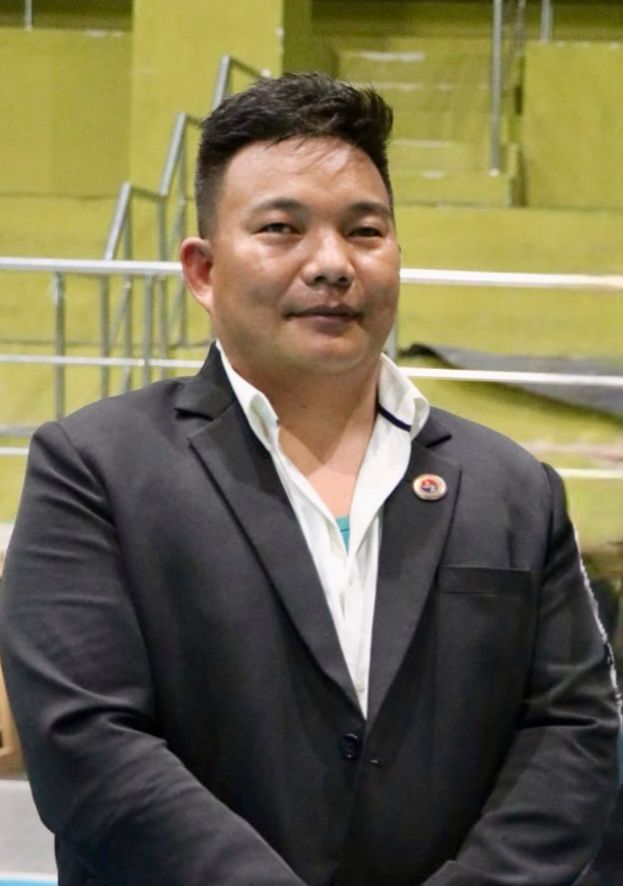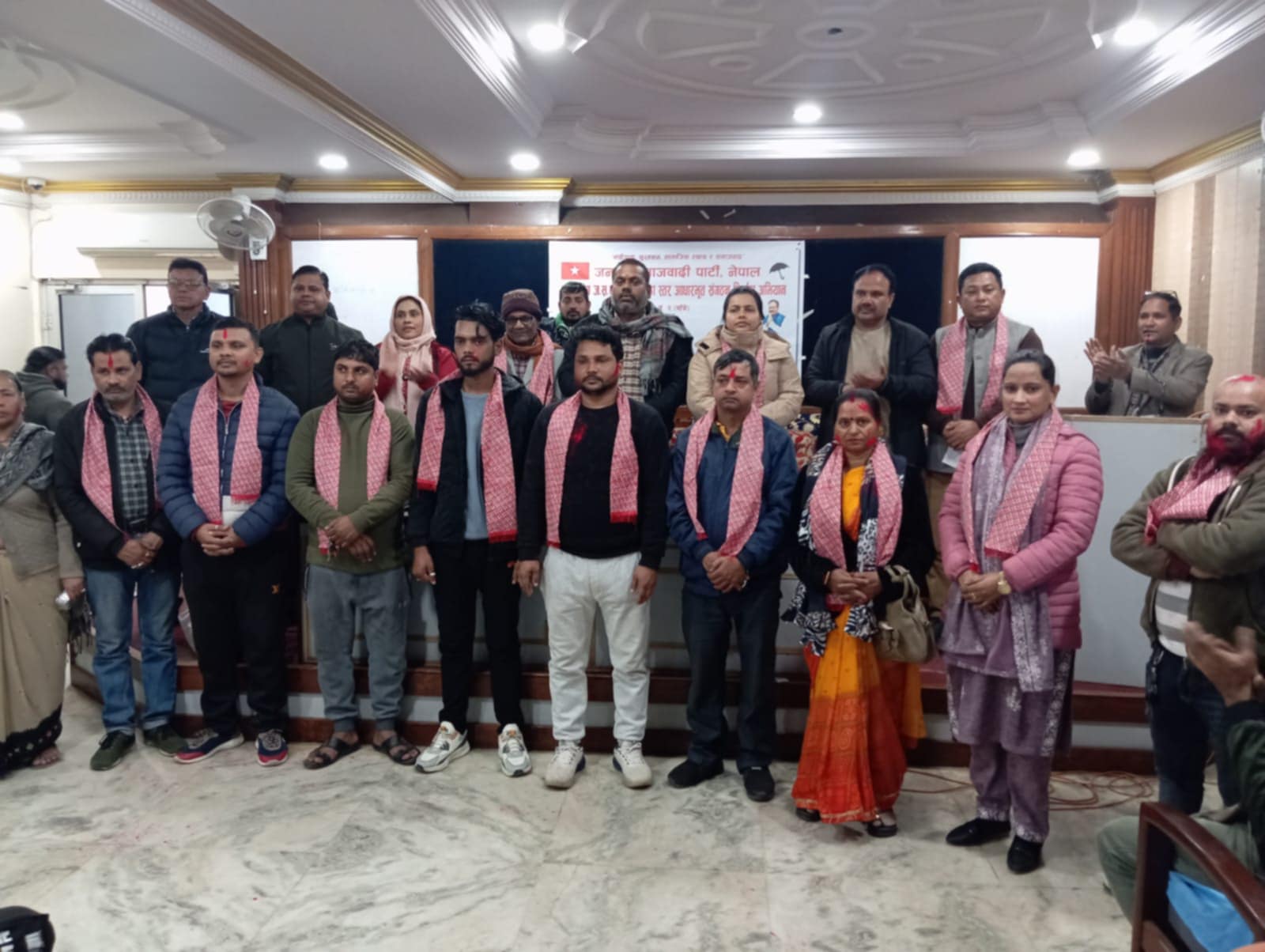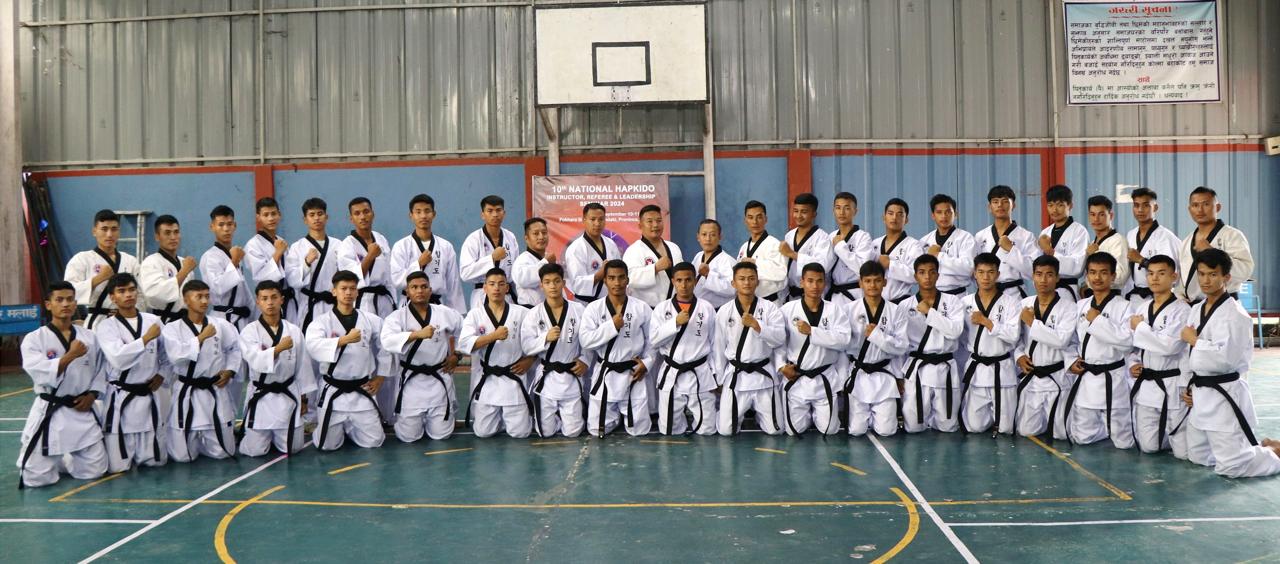Author: Kali Bahadur Gharti Magar
Analyzing Nepal’s political future requires understanding its foundation in the current political system, socio-economic conditions, and the global perspective. The Federal Democratic Republic of Nepal, established with the promulgation of the 2015 Constitution, enshrines democratic values, inclusivity, and a federal structure. However, challenges such as political instability, governance inefficiencies, and the pursuit of long-term development persist. Frequent government changes, party-based factionalism, and a lack of effective leadership have hampered the proper functioning of state mechanisms. Furthermore, issues like corruption, short-term political vision, and weak public engagement remain deeply rooted. Despite these hurdles, Nepal’s younger generation, technological innovations, and growing political awareness indicate the opening of new opportunities. To ensure a stable and sustainable political future, clear and strategic plans are necessary to address both internal and external dynamics effectively.
First and foremost, the successful implementation of the federal system is crucial for political stability. Equitable distribution of authority, resources, and means among provincial governments is essential to enable them to fulfill their responsibilities effectively. This will accelerate local development and reduce the disconnect between the central and provincial levels. Additionally, policies and programs that directly benefit the public must prioritize service over politics. Transparency and accountability at all levels can be enhanced through the optimal use of information technology, helping to control corruption and restore public trust in the political system.
Nepal’s political future also relies on the active and effective participation of its youth. It is equally important to expand the representation of women, indigenous groups, Dalits, minorities, and other marginalized communities to strengthen the foundation of political inclusivity. By investing in education, health, and employment opportunities, Nepal can curb the trend of youth migration and encourage entrepreneurship within the country, thereby strengthening the national economy. Moreover, democratic practices within political parties must be reinforced to reduce factionalism and personal agendas. Without reforms in leadership thinking and actions, achieving political stability will remain a distant dream.
Nepal’s political future must also focus on maintaining balanced international relations. Fostering practical and balanced diplomacy with large neighboring countries like India and China while expanding partnerships with other global nations is imperative. Particularly, efforts must be directed toward attracting investments in hydropower, agriculture, and tourism through diplomatic initiatives. Similarly, addressing the impacts of climate change requires long-term strategies supported by international collaboration.
\Ultimately, Nepal’s political future hinges on efficient leadership, a strong relationship between the government and its people, and effective policymaking. If the leadership prioritizes national interests in the coming years, Nepal can achieve stability, prosperity, and global recognition. The current generation carries the responsibility of transforming Nepal into a globally competitive nation in economic, social, and political spheres. Achieving this demands unwavering determination, dedication, and collaboration.




